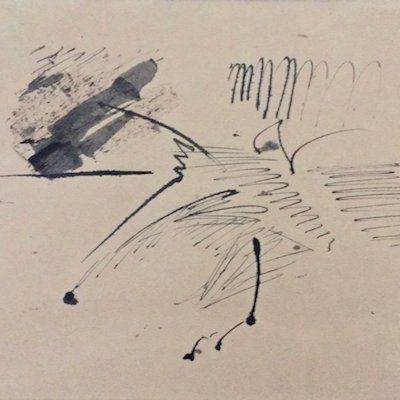
Le Bleu Des Fonds , 1968
- Pulgadas
- Centímetros
- Recientemente Añadido
- Precio (de menor a mayor )
- Precio (de mayor a menor )
- Año (de menor a mayor )
- Año (de mayor a menor )
Pierre Alechinsky
Vacillations (with Watercolor), 1979
Print De Edición Limitada
Litografía
EUR 3,500
Pierre Alechinsky
Reserve Pour L'hiver, 1988
Print De Edición Limitada
Aguafuerte
Actualemente No Disponible
Buscar una obra de Pierre Alechinsky
Si estás buscando una pieza específica de Pierre Alechinsky, déjanos saber cuál es y exploraremos nuestra red para encontrar coincidencias. Nuestro objetivo es ayudarte a descubrir obras de arte que se alineen con tus intereses.
¿Qué es el informalismo?
El informalismo se refiere a las técnicas gestuales y métodos de improvisación comunes en la pintura abstracta durante los años 40 y 50. Proviene del término francés art informel, que hace referencia a los muchos estilos que dominaron durante estas décadas. Los artistas utilizan este término porque estos estilos se basan básicamente en técnicas informales.






















